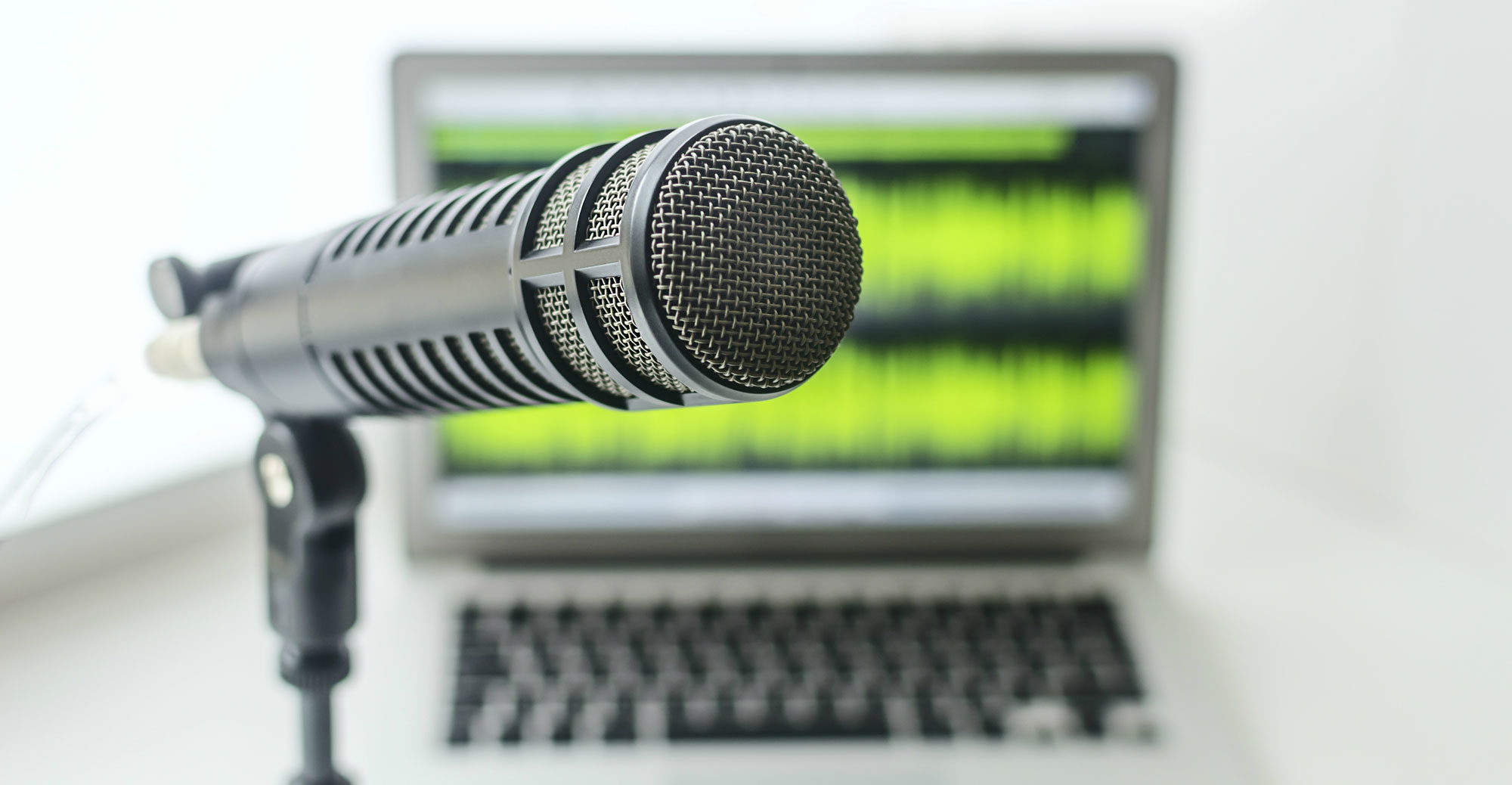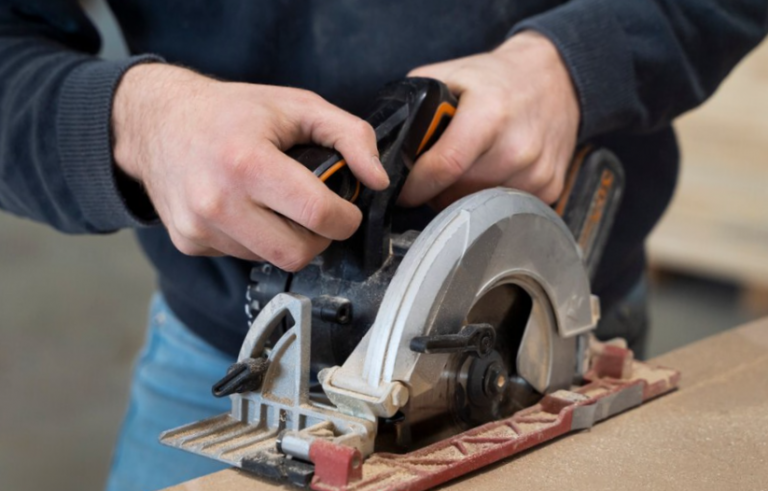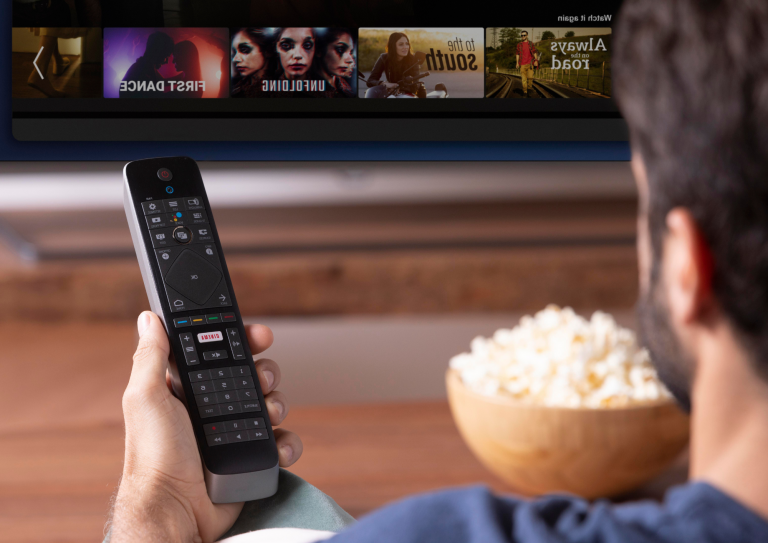A Short and Complete Guide to Microphone Technique for Podcasters
Most of the podcasters or streamer, who have great use of microphone overlook this technique part. It is not just about buying a good microphone for your podcasts and start using as it is. You need to understand the mechanics, working and optimized angle of your microphone placement in front of you before you start recording to yield the best outcome.
Here are some of the factors and techniques which you need to follow to have the crisp and clear voice quality in your podcasts. Keeping this aim in mind, let’s start this quick short guide.
Handling your Microphone
There are the several microphones in the market. Amongst which the dynamic ones are known for their low sensitivity and less noise capturing. But even these kinds of microphone can produce noise and achieve low voice quality if mishandled. Therefore, the first step should be adjusting the mic level on the stand. You must adapt the absolute height of the microphone in order to get rid of hiss noise, and too much high frequency as well. Both of these will ruin the consistency in your voice level, and in turn, you’ll end up having a bad recorded voice.
There can extend noise factors which you need to take care while placing and adjusting the microphone. Table transmission is the most common amongst them. Any boom or tap sound form the table can easily be transferred to the microphone. Therefore, we’d suggest you have a stand independent of your table at the specified height to have a stunning voice quality.
Use Decoupling
As we discussed in the previous heading that the microphone should be placed independently. Therefore, for this purpose, you can also utilize the decoupling pads or simply an acoustic foam. These pads can absorb any minor sounds coming from the ground or any direction of your microphone in order to reduce the noise level and bring clarity in your podcasts.
Position from the Microphone
It refers to the proximity of the microphone. A dynamic and condenser microphone can hear the distant sounds in a much-diminished order and produce an echo effect. On the other hand, the close sound has higher frequencies and have a loudness factor in it. Therefore, perfect positioning or distance is what you need here. Commonly, it is suggested that you should maintain a four-finger distance between your mouth and microphone. Also, make sure that the room where you’re recording the voice must not be much reflective towards the sound. Otherwise, an echo effect will be dominated.
Check Gain Stage and Mic Angle
Gain control settings can be set one time, but you need to make sure once before you start. Gain settings can be adjusted from the gain staging controlled and needs to change with the location of your microphone, the person speaking, and several other factors too. On the other hand, make sure you have your microphone positioned at a perfect angle for your podcasts. There is a polar pattern which describes that which part of the microphone records the sound. Also, you must look for the On-axis (brighter, high-frequency sound) and Off-axis (less harsh sound) settings before you start.
The responses below are not provided, commissioned, reviewed, approved, or otherwise endorsed by any financial entity or advertiser. It is not the advertiser’s responsibility to ensure all posts and/or questions are answered.






